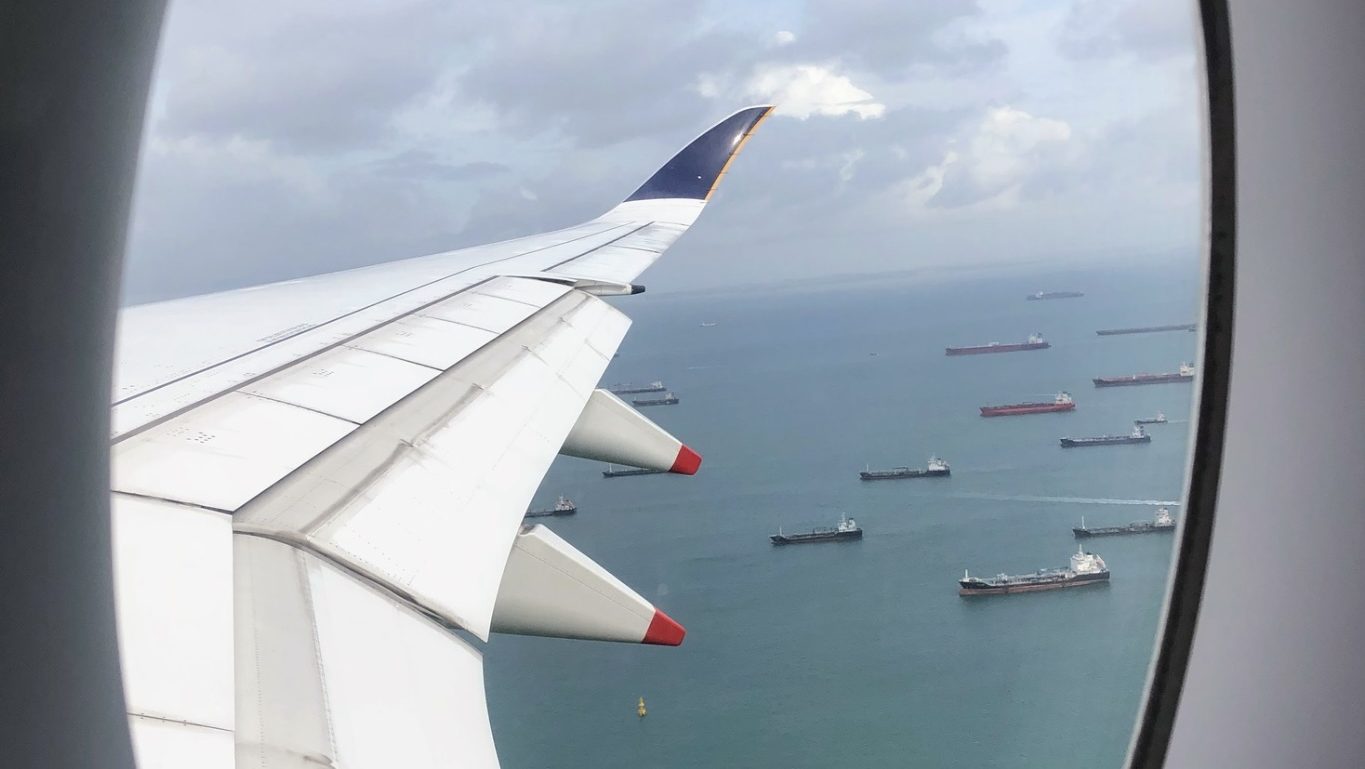BANDAR SERI BEGAWAN, BRUNEI: Travel demand in the Asia-Pacific region has bounced back since the pandemic, but according to industry experts, airlines have faced earnings pressure due to supply chain issues disrupting operations and increasing their exposure to stricter consumer protection rules.
According to Malay Mail, after the pandemic, the shortage of parts, labour, and new planes coincided with a higher-than-expected demand for repairs to the latest-generation engines.
Subhas Menon, director general of the Association of Asia Pacific Airlines (AAPA), highlighted at the trade body’s annual meeting in Brunei that the supply chain issue remains the industry’s biggest challenge.
Engine maintenance times have reached record lengths, causing airlines to reduce flights, move parts between planes, and lease stop-gap engines or planes to maintain operations.
Thai Airways CEO Chai Eamsiri explained that maintenance on Rolls-Royce engines for its Boeing 787 jets, which previously took three months, now requires about six months. He told Reuters that, due to maintenance delays, they’ve had to “stretch the aircraft,” extending their aircraft’s daily operating hours from 12.5 to over 13 hours a day.
Other airline heads echoed this frustration. Leaders from Singapore Airlines, Malaysia Airlines, and Kazakhstan’s Air Astana expressed concerns about these delays and noted that airlines are often blamed by customers for issues rooted in supply chain constraints.
Mr Eamsiri pointed out, “The root cause is coming from the supply chain.…But we are the one facing the customer.”
Several Asia-Pacific nations, including Malaysia, Australia, Thailand, and the Philippines, have strengthened consumer protection policies, requiring airlines to offer refunds for delays or cancellations, as in the United States. However, these rules are less strict than the European Union’s, which require compensation for passengers.
Air Astana CEO Peter Foster added that aviation manufacturers need to “get their act together.”
The shortage of planes, labour, and parts has forced some airlines to reduce services. Malaysia Airlines, for instance, cut its network capacity by 20 per cent in September after a series of service disruptions, leading Malaysia’s civil aviation authority to reduce the carrier’s air operator certificate from three years to one year.
Malaysia Airlines CEO Datuk Captain Izham Ismail noted that the time needed for engine servicing has nearly doubled—from an average of 55 days before the pandemic to more than 100 days now. “All airlines are wringing the neck of our suppliers,” he said.
Airbus and Rolls-Royce representatives said they were working to address supply chain issues, including improving supplier financing.
Air travel in the Asia-Pacific region has almost fully recovered, with demand in September reaching 97.5 per cent of 2019 levels, according to AAPA data. Asia-Pacific carriers represent around 32 per cent of global passenger traffic, and the rebound has been noticeable following the late easing of travel restrictions in China and other countries.
While airlines worldwide have seen stable demand, airfares are falling as the post-pandemic travel boom slows down and most planes return to service. Singapore Airlines, seen as a key indicator of the region’s aviation health, reported a 48.5% drop in interim net profit last week, citing strong competition, and warned that earnings would remain under pressure despite healthy travel demand. /TISG
Read also: SIA reports 48.5% YoY drop in earnings to S$742 million due to weaker operating performance

